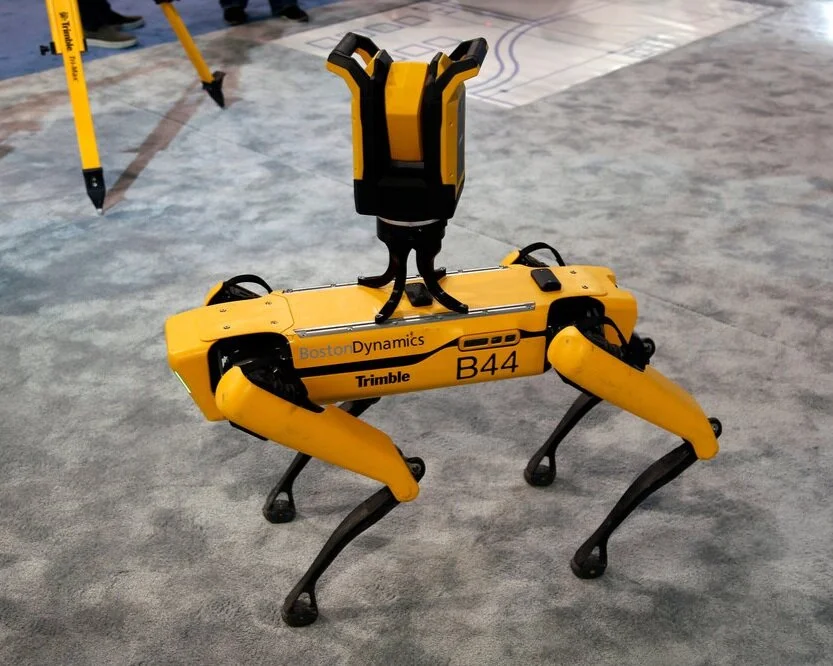CHINA - Africans are not strangers to discrimination, scarred by the long history of the slave trade, colonial rule, and now technological dominance, the peoples of the Continent have yet to realize independence fully. The stigma of racism remains a pressing reality for many Africans in the United States, Europe, and, most recently, China. Many Western countries have a bias about Africans. They are often regarded as uncivilized, ignorant, and unhygienic, particularly those seeking asylum as refugees. These stereotypes are dangerous, but also belie the truth that many Africans are successful business people and entrepreneurs. In 2018, six of the world’s fastest-growing nations were in Africa.
Ever since the first cases of the COVID-19 virus were reported to World Health Organization (WHO) in December 2019, Wuhan, the capital city of the Hubei province located in the central region of China, has become synonymous with the plague which purportedly originated in its “wet markets.” During the first few months of 2020, as worldwide infections and deaths increased, massive efforts to stop the spread of the novel Coronavirus resulted in aggressive quarantines.
These measures have brought most countries to the brink of economic collapse and triggered a desire to scapegoat. The lockdown is detrimental to global trade and development. Adding racial discrimination, violence, and detention will only make matters worse. During the best of times, racism is a scourge deeply rooted and often denied. But, when societies face undue stress, underlying currents of xenophobia can manifest. The latest target of this blame game is the People’s Republic of China.
Unfortunately, in response to this, it appears that some have tried to shift blame to an immigrant community. It has been reported that in Guangzhou, the fifth largest city in China, some of the people have sought to blame Africans for the current outbreak.
Nicknamed ‘Little Africa,’ the prosperous southern city of Guangzhou, is home to Asia’s largest African migrant population, who come to China chasing business opportunities, reputable universities, and low living costs. Although there are no precise figures, more than 15,000 Africans, mainly from Egypt, Mali, the DRC, and Nigeria, are estimated to live in the bustling city, which forms part of the Pearl Delta Region – the largest urban area in the world in terms of size and population. More than half a million travel here each year to buy every imaginable ‘Made in China’ product, from air conditioners to fake Nike sneakers, and send them back to Africa. (Source: New Internationalist)
China has long been perceived as a homogeneous nation, but until recently, it was a relatively hidden fact that there are African citizens and permanent residents. Currently, China produces one-third of global manufacturing. Through a sheer economic will, low overhead, China’s model of state capitalism has positioned it as a formidable trading partner. It has become the primary source for both developed and emerging economies nations from which to purchase low-cost goods and technology solutions. The existing supply chain disruption has revealed the level to which China has become an indispensable player in facilitating the delivery of goods and services worldwide.
African countries have increasingly become dependent on China for investments in infrastructure, consumer goods, and even clothing. Hence, the migration of Africans to China is expected. The majority are there on business, and while some travel there on student visas courtesy of Chinese government scholarships. One can hope that with these economic relationships, Africans would be welcomed in China; unfortunately, that is not the case. Following the outbreaks, there have been reports and videos showing the maltreatment of foreigners, especially black people, in China.
The Chinese authorities have even started seizing travel documents like passports and other forms of the federal ID. Chinese landlords have evicted legal residents leaving them homeless. Some restaurants have posters saying, “Africans are not welcomed.” In a video shared on Instagram, two Black men perceived to be Africans are seen being beaten. In an interview, a Ugandan student described her treatment and the situation in general as “inhumane.”
Though myths of Africans being immune to the virus have persisted, even though it has been proven that COVID-19 afflicts people irrespective of race, religion, or status. The Chinese believe they were able to defeat the first wave of the COVID-19 outbreak. With the reemergence of the virus and the likelihood of a second wave of the pandemic, some people have begun to falsely assert that foreigners, mostly Africans, are the source.
One might wonder: what the leaders of African Governments have done in response to the maltreatment of their citizens? In April, a group of African Ambassadors gathered to draft a statement requesting the cessation of the embarrassment and forceful quarantining of their citizens. To many, this seems at best, an inept and empty request that lacks enforceability due to their economic obligations. Countries like Angola, Ethiopia, Kenya, Nigeria, and Ghana are in serious debt to China.
Though these leaders may not be in the position to do more than ask abeyance, inherent in their requests is the fact that xenophobia is unacceptable. Also, the acknowledgment that if we are to survive and possibly defeat Covid-19, we must do so as a collective. In the words of Tedros Adhanom, the WHO Chief, “we should not politicize the virus” instead of working together to defeat it as it.
RELATED ARTICLES





















